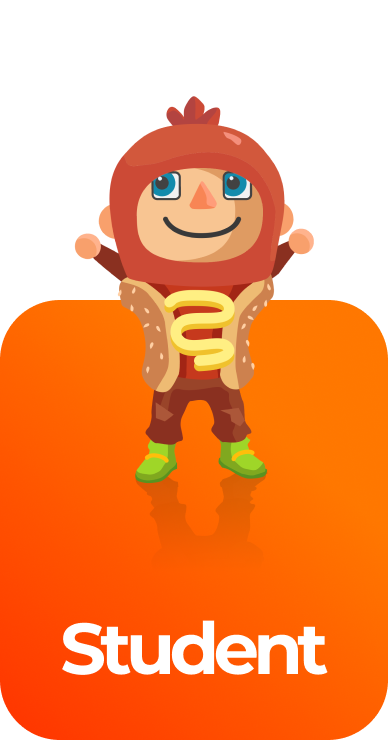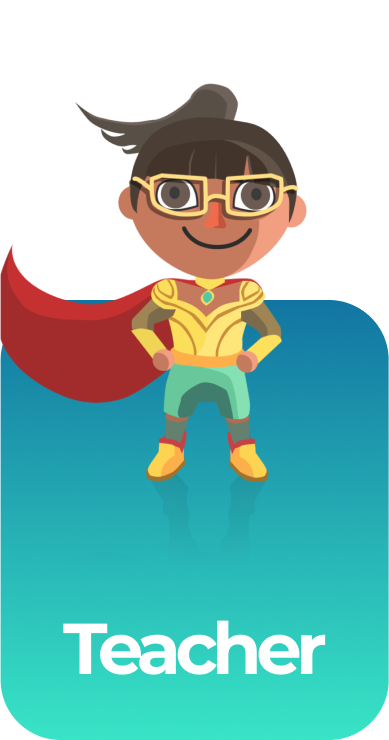Sound Waves Science Games
9 gamesIn this series of games, your students will learn how sound waves form and travel. The Sound Waves learning objective — based on NGSS and state standards — delivers improved student engagement and academic performance in your classroom, as demonstrated by research.
Scroll down for a preview of this learning objective’s games and the concepts they drive home.
Concepts Covered
Waves are disturbances that transfer energy from one place to another.
Mechanical waves can travel through matter, but not through a vacuum. Sound waves are a type of mechanical wave, and they can travel through solids, liquids, and gases. They are generated when a force causes a material to vibrate, and they travel out in all directions from the source.
More specifically, sound waves are a type of longitudinal wave. Longitudinal waves cause matter to contract and expand, known as compression and rarefaction. Matter vibrates as sound passes through it.
Sound waves travel faster through denser materials, and materials with higher elasticity. When they move from one medium to another, they change. They can reflect, refract, diffract, or be absorbed. The waves themselves can even interfere with each other.
In a sound wave, more amplitude means louder volume, and higher frequency means higher pitch. The farther from its source, the less intense a sound becomes.
A preview of each game in the learning objective is found below.
You can access all of the games on Legends of Learning for free, forever, with a teacher account.






